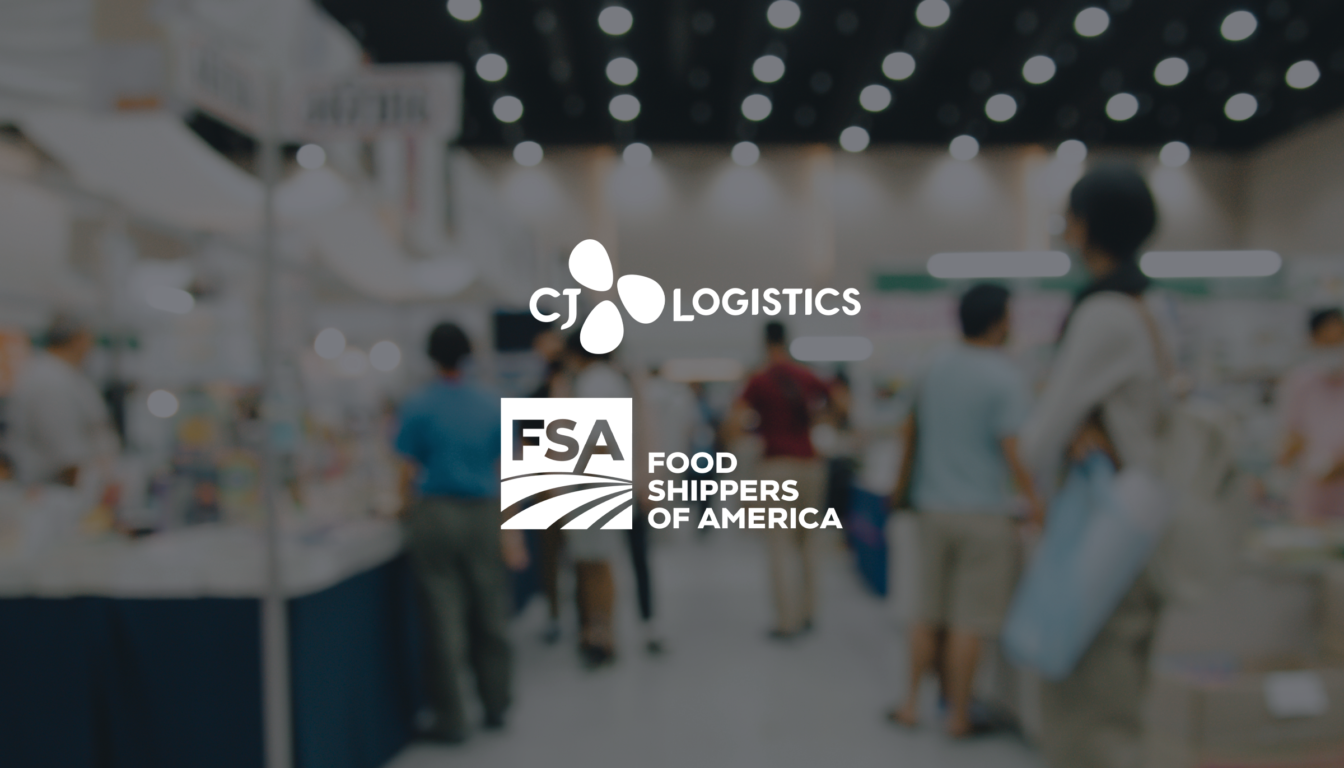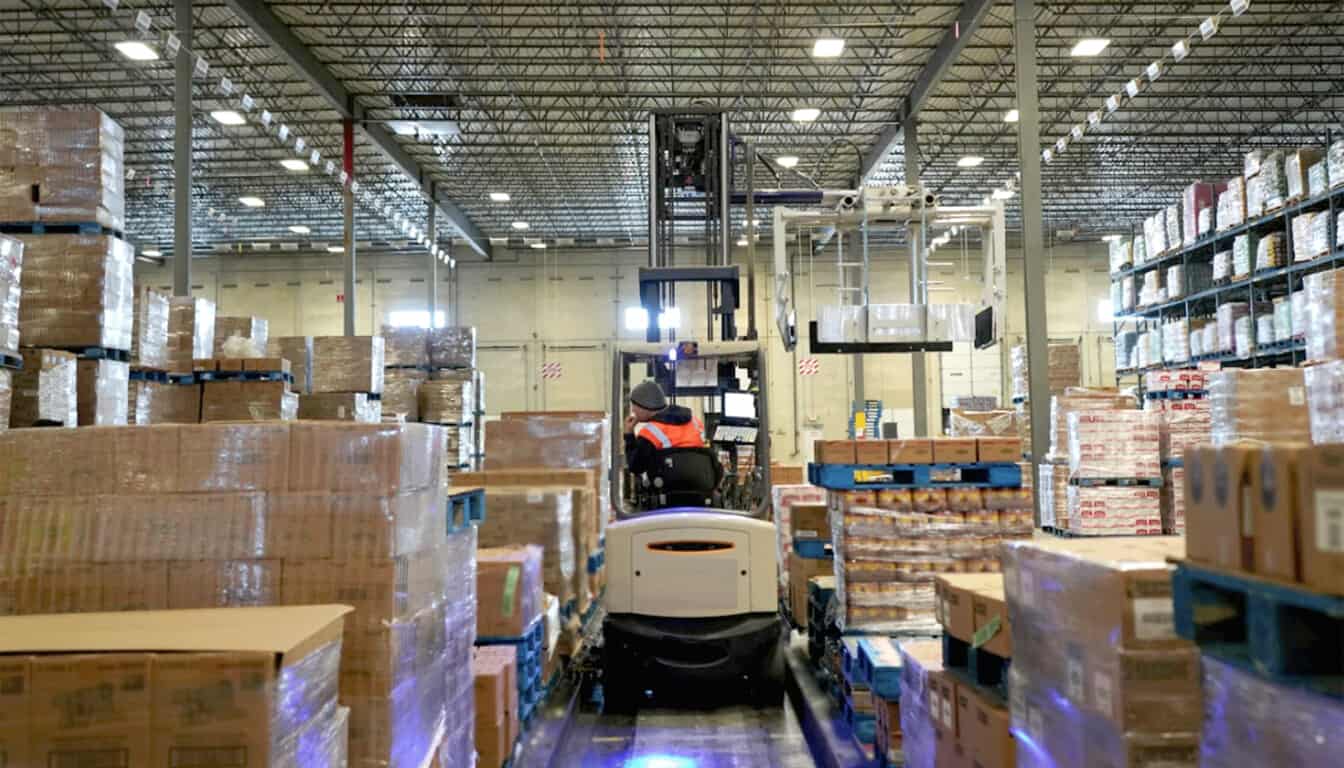In another holiday season during the pandemic, we wonder “will the holidays ever return to normal?” The results of the 2021 Deloitte Holiday Retail Survey, reported in October, show that, while some trends seem to be heading that way, “it’s clear a bounce back to pre-pandemic trends is not likely in the works.”
Deloitte reports these key findings: Leading up to the official holiday season of November 1 to December 31, some consumers expected to incorporate more in-store shopping this year and others planned to spend more on experiences like entertaining, socializing, traveling – perhaps due to the lessening anxiety about health and safety. Online platforms that consumers turned to during the pandemic for safety reasons have become habits because they’re convenient. Because of concerns around inflation and supply chain constraints, consumers planned to start shopping earlier than in the past two years. High-income holiday spend is increasing but the average holiday spend of low-income groups decreased more than 20%.
Many sources discuss the ways supply chain disruptions have impacted or are expected to impact the holiday shopping season. The Washington Post describes retailers and manufacturers placing a higher priority on lightweight and smaller merchandise – “squishy toys, headphones and slippers instead of play kitchens, televisions and hiking boots” – because of the need to fit more product into fewer shipping containers. The National Retail Federation says that close to 60% of shoppers planned to make holiday purchases online, while CNN reports that last-minute shoppers will likely find shopping at brick-and-mortar stores more appealing than worrying about delivery delays.
Another expected impact is new opportunities for local/smaller retailers and for online marketplaces like Etsy with sellers who typically work from home without long complex supply chains. Consumers frustrated with out-of-stock products online and/or long delivery times might turn to these options closer to home.
Industry experts expect the supply chain challenges to continue through the holiday season and well into next year, and perhaps beyond as global supply chains are restructured. Because costs continue to increase, the financial resources of supply chain professionals and customers will determine how well they come through the hard times of this season and the upcoming months.
As Deloitte’s survey showed, retailers that embrace the “next normal” and meet the shifting needs of the consumer may be well-positioned for a strong holiday period and beyond. At the end of November, Food Logistics offered four strategies for retailers that may “help to alleviate the immediate effects of supply chain disruptions and best position them for a strong holiday season.” While these strategies were proposed for this season, they have broader application.
The strategies include encouraging early shopping through marketing and promotions to help relieve some of the usual pressures of the holiday rush made even more intense this year by staffing shortages in stores, unavailable products, shipping delays…and consumer frustration. According to the National Retail Federation, 61% of consumers did start shopping by early November.
Whenever possible, companies should order inventory earlier than in the past to enable them to be ready for the holiday rush and provide some cushion against delays in the supply chain. According to Food Logistics, companies headed into the holidays under-inventoried, after having seen strong year-over-year sales growth with low inventory in 2021.
A third strategy: diversify sources. As Food Logistics points out, while many American companies look solely to China for goods, because of increasing costs, trade wars and the impact of COVID-19 they have been forced to consider other providers for their supply chains, adding more sourcing options to mitigate risk. Bringing the supply chain closer to home through “reshoring” or “nearshoring” is a related strategy.
Food Logistics points out the importance of leveraging technology. Technology such as real-time data analytics and the use of internet-enabled devices to monitor shipments can enhance transportation performance. Investments in warehouse automation and robotics can help companies improve efficiency, reduce costs and handle staffing fluctuations.
During the holiday season and beyond, CJ Logistics’ strategic warehousing and transportation solutions help customers in regulated industries such as food and beverage, healthcare and medical supplies, tire and automotive, and consumer packaged goods adapt their supply chains to respond to rapidly developing changes in technology, consumer demand and business trends.
“We leverage data and information to improve daily execution and drive insights that inform and advance supply chain strategies,” CEO Ed Bowersox said. “Our integrated warehousing and transportation solutions support all aspects of the supply chain. A holistic approach and proactive, collaborative planning help customers stay ahead of the curve despite rapidly changing conditions.”
For more on how CJ Logistics can help handle supply chain challenges during this holiday period, contact us.



